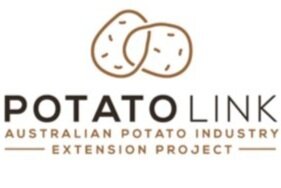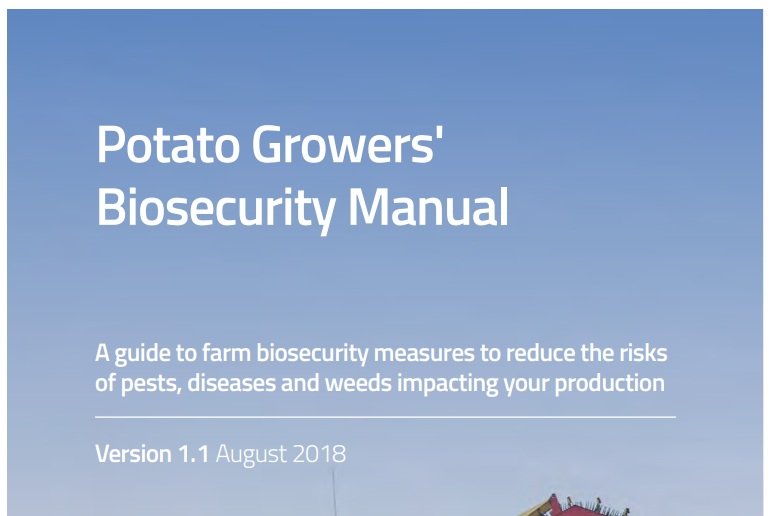
Biosecurity is the management of risks to the economy, the environment and the community, from new pests, diseases and weeds entering, establishing and spreading.
Key Biosecurity Contacts
For general Australian horticultural biosecurity issues, contact the Department of Agriculture, Fisheries and Forestry (DAFF) on 1800 900 090 or to report new plant pests, diseases, or weeds to the Exotic Plant Pest Hotline on 1800 084 881. For State-specific biosecurity, refer to your local government's biosecurity or primary industries department.
Growers, agronomists, consultants all have an important role to play in protecting your farm, your region and the potato industry from biosecurity threats. To keep your farm safe and minimise pest and disease incursions, check out the Plant Health Australia and AUSVEG Potato Growers’ Biosecurity Manual which includes recommended biosecurity practices and templates to help you get started or to refresh your current biosecurity practices.
Tools and Guides
As biosecurity risks continue to grow, protecting your farm starts with the fundamentals. This article from Issue 16 of PotatoLink magazine explores practical steps growers can take to reduce the risk of pests and diseases entering via people, vehicles, and equipment to ensure a resilient and productive future for the Australian potato industry.
Knowing what disease you are dealing with is the first step to managing it. This fact sheet discusses what the important things are to look for, when the best time for testing is, and where to send it.
By focusing on these biosecurity fundamental practices discussed in Issue 15 of PotatoLink magazine, you can minimise the risk of devastating outbreaks and ensure a sustainable future for potato production.
The Australian potato industry is committed to building its capacity to respond to potential biosecurity threats. In addition to dedicated farm biosecurity officers and advisers, a range of farm biosecurity planning resources are available for growers, advisers and industry members to access. These resources are regularly reviewed and updated to reflect industry needs.
International Threats
The exotic Colorado potato beetle (Leptinotarsa decemlineata) (CPB) is globally considered one of the most economically damaging pests to the potato industry. CPB is native to North America and widespread. It has hitchhiked its way to Europe and northern Asia, where it has since spread rapidly and established. Read the full article in Issue 13 of PotatoLink magazine.
Keeping up to date with international pest and disease threats is important. This ongoing project conducted a scan of the most recent research and development on international potato pests, research previously conducted in Australia on these pests and some ‘ready to use’ resources.
This Monitoring Psyllids and Psyllid Predators in Australian Potato Crops report by Tasmanian Institute of Agriculture (TIA) and Hort Innovation covers the different psyllid populations found and the levels of psyllid predators present.
This 2018 report looks at the available literature and information regarding species present in Australia. It also investigates the accessibility of accurate diagnostic tests.
This fact sheet from the Department of Agriculture and Food WA covers why It is important to be vigilant for signs of the pest and report suspect tomato potato psyllids.
Potato spindle tuber viroid is a serious threat to the potato industry. This Hort Innovation report found that multiple hosts exist for the disease, including non-solanaceous species.
Currently, Colorado potato beetles are not a pest in Australia. But if you’re interested in learning more, this factsheet by Plant Health Australia provides information on what the beetle is, what it looks like, what it can be confused with and how to protect your farm from the pest.











